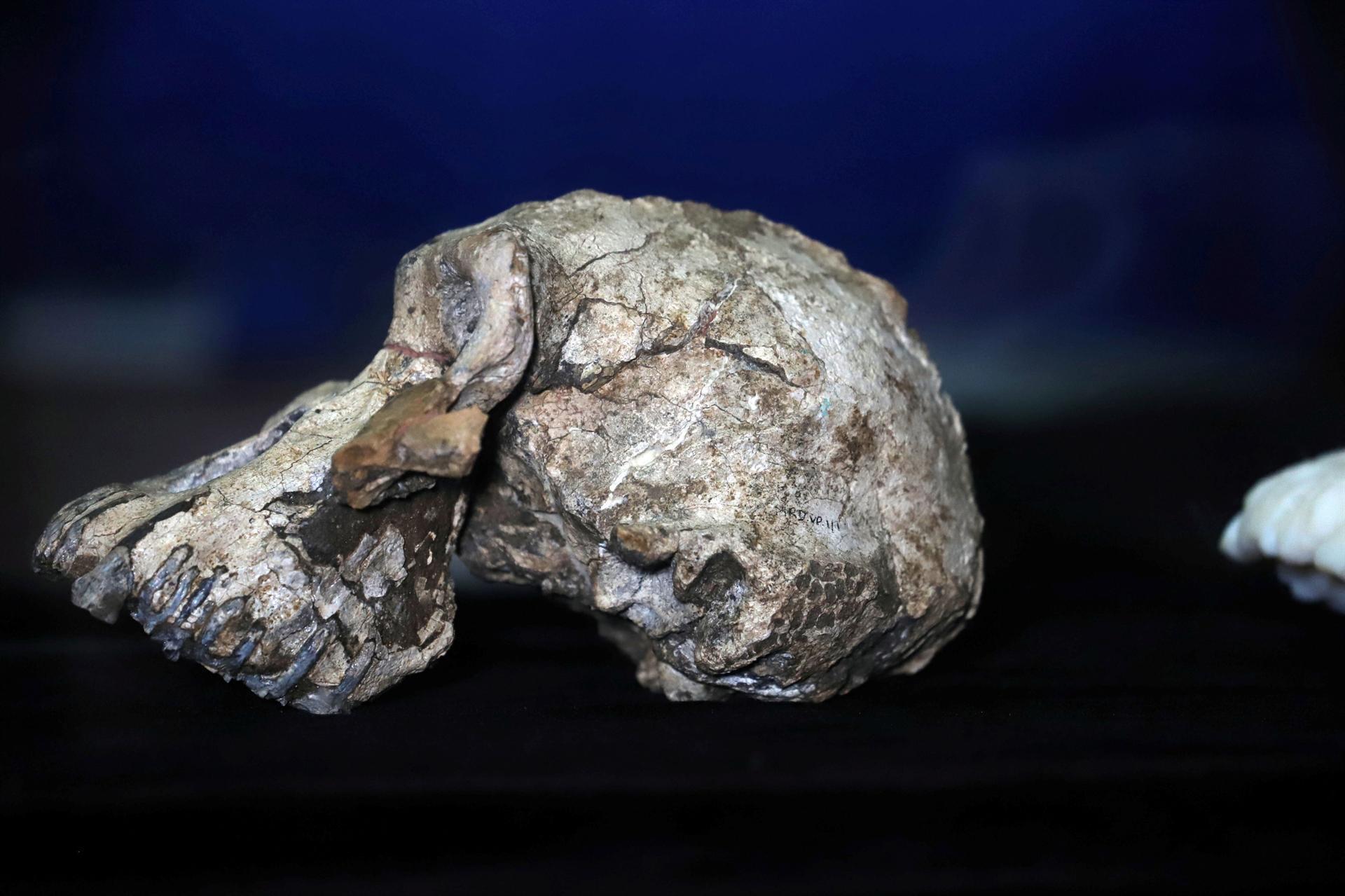
A fossil from Ethiopia is letting scientists look millions of years into our evolutionary history and they see a face peering back.
The find, from 3.8 million years ago, reveals the face for a presumed ancestor of the species famously represented by Lucy, the celebrated Ethiopian partial skeleton found in 1974.
This ancestral species is the oldest known member of Australopithecus, a grouping of creatures that preceded our own branch of the family tree, called Homo.
Scientists have long known that this species - A. anamensis - existed, and previous fossils of it extend back to 4.2 million years ago. But the discovered facial remains were limited to jaws and teeth. The newly reported fossil includes much of the skull and face.
It was described Aug. 28 in the journal Nature by Yohannes Haile-Selassie of the Cleveland Museum of Natural History and co-authors.
The face apparently came from a male. Its middle and lower parts jut forward, while Lucy's species shows a flatter mid-face, a step toward humans' flat faces. The fossil also shows the beginning of the massive and robust faces found in Australopithecus, built to withstand strains from chewing tough food, researchers said.
The fossil was found in 2016, in what was once sand deposited in a river delta on the shore of lake. At the time the creature lived, the area was largely dry shrub land with some trees.
Eric Delson of Lehman College in New York called the fossil "beautiful" and said the researchers did an impressive job of reconstructing it digitally to help determine its place in the evolutionary tree.
With a face for A. anamensis, said Zeray Alemseged of the University of Chicago, "now we know how they looked and how they differed from the Lucy species."